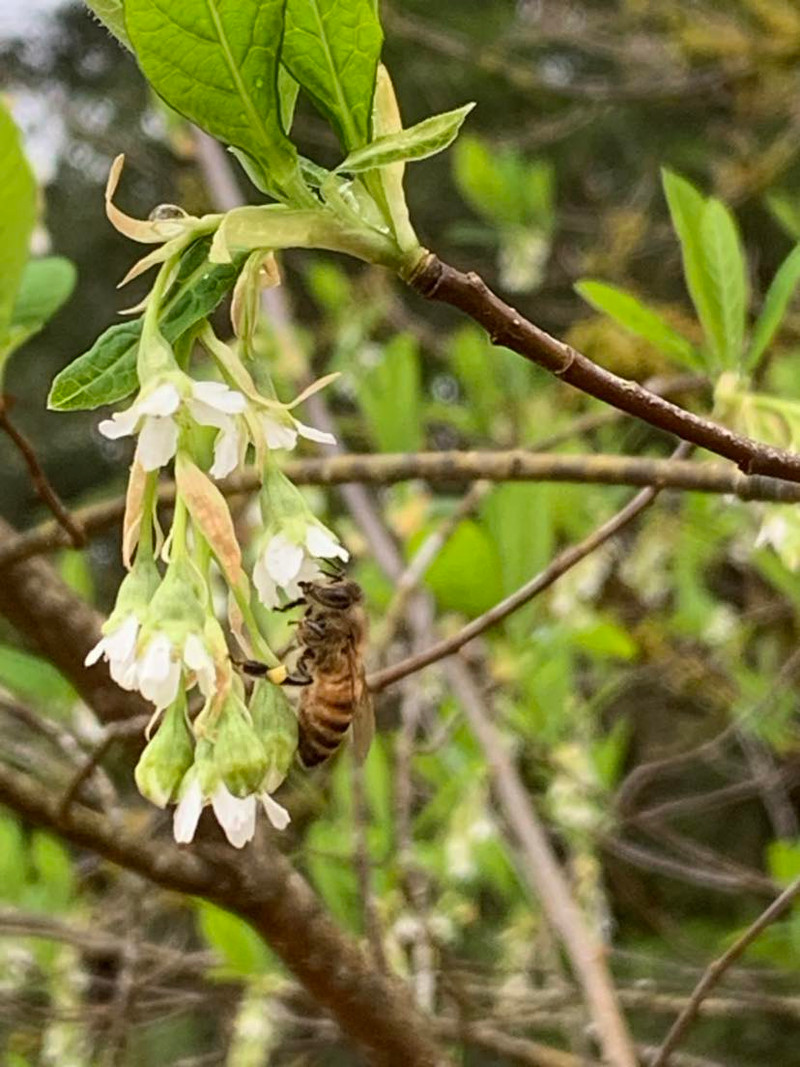What comes to mind when you think of pollinators? Bees and butterflies? Hummingbirds? Maybe even flies, beetles, or mosquitoes? Wasps, bats, ants, and even humans can all play a role in pollination. How many of these have you seen in your garden this year?
‘Pollinator’ refers to anything that helps transfer pollen from the stamen (the male part of a plant) to the stigma (female part) of the same or another plant. The movement of pollen is essential for the plant’s fertilization process and leads to the production of fruits and seeds. Pollination allows for plants to produce enough seeds for dispersal and propagation and to maintain genetic diversity. Regular visits from pollinators also contribute to larger, more flavorful fruits and higher crop yields. Without our pollinating allies, roughly 80% of crop plants worldwide would not survive.
Since recording began at the end of the 20th century, we have seen massive decline across most pollinator species with causes ranging from loss of habitat to the overuse of chemicals. At the same time, the United States has lost over 150 million acres of native habitat and farmland to urban sprawl and development. With this development comes the largest monoculture in our country: the manicured lawn- of which we have over 40 million acres. With this human dominated landscaping, we have left natural spaces too few and far between to support diverse ecosystems for wildlife.
BUT there is good news! Though systemic policy change is what will make the most impactful long-term difference, each of us can support our local pollinators with the strategic use of native plants in our landscaping. Native plants are species that have naturally evolved in a specific region, without human intervention. This means that native plants have also evolved alongside the pollinator population, making them the best source of food and shelter. Filling our gardens with native trees, shrubs and flowers can make our yards essential hubs for local biodiversity, with the added benefit of needing less time and energy to sustain.
You may notice at most nurseries, and especially large chain stores, the majority of plants available are from other countries and have been brought in solely for aesthetic purposes. We also don’t have to look far to find places where this has become extremely problematic as many of these plants can outcompete local flora, becoming invasive.
Here at Native Foods Nursery, we are dedicated to working only with native plants (in case you didn’t get that from our name). Because we are located in Oregon, the plants we offer come from the Pacific Northwest, however many of the species we carry are found in other places all across North America. Each of the plants we have to offer has a section in their description that tells where their native range is, to help you make decisions that will be the most beneficial to your garden. Local extension offices are amazing resources for the most localized information on what plants are beneficial, and which have the potential to become invasive. If you have questions or need help designing a garden with pollinators in mind, we also offer a one-hour consultation, booked through our website.
Spring has sprung, and with early blooms popping, we are starting to see more pollinator activity all around the Nursery. It’s the perfect time to get wildflowers to add to your garden to increase food supply for your local pollinators. Happy planting!
